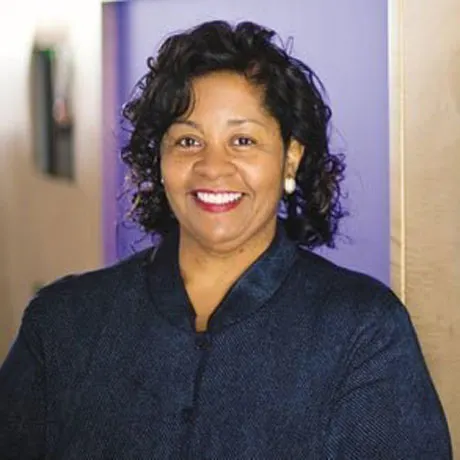How 6 days of dyslexia training made a big impact on a school district
Illinois teachers Jenna Branch and Mary Rhodes received the “It Takes a Village” Award from Everyone Reading Illinois in 2015. This nonprofit aims to improve the lives of children and adults with dyslexia.
In 2012, the two women sought out extra training to help them understand, identify, and teach kids with dyslexia. What they were able to do with that knowledge not only earned them the award. It made a big impact on their school district.
For three years, the two women screened all incoming kindergartners and first-graders in their school district for signs of dyslexia. That was more than 100 students. They also shared their knowledge about dyslexia with every teacher in their district and used intervention in the classroom to help kids read.
It all started with a week of dyslexia training in 2012. At the time, Jenna Branch was a reading intervention specialist at White Heath Elementary School in Monticello, Illinois. She realized that the tools she’d been using to identify and help struggling young readers didn’t work well for all of them. So she started doing research on her own to figure out what else she could do.
Then Branch attended a free talk given by Susan Barton, creator of the Barton Reading Program. In it, Barton described the symptoms of dyslexia. “I thought, ‘Oh my gosh, she’s describing the majority of my caseload!’ I had not a clue that that’s what the issue was,” Branch says.
Branch wanted to learn more. She found out that Barton had scheduled a training workshop in nearby Schaumburg. So she asked for — and received — funding from her school superintendent to attend. Her colleague Mary Rhodes, a special education teacher at nearby Lincoln Elementary, also received a grant to attend the conference.
“They were six long, intense days of training,” Rhodes says. But she and Branch came back to their school district excited.
They now knew what signs to look for in a child who might have dyslexia. And they knew what multisensory techniques could help those students become better readers. They used the Barton reading program, which includes elements of the approach to teaching reading.
Both Branch and Rhodes say they’d never learned about dyslexia during their educational training. That’s true even though both hold undergraduate and advanced degrees in their field from major institutions.
The two found that their school district was eager to benefit from their new knowledge. “The administration was gung ho for us to share what we had learned with all the teachers in the school district,” says Rhodes.
With about 1,600 students from pre-K to 12th grade, the Monticello School District is relatively small. And the two women’s efforts have gotten a positive response from teachers, administrators, and others.
“Every place that I present, someone comes up to me and says, ‘Oh, my gosh. This is my son.’ Or, ‘I see these kids in my class,’ ” says Branch. And the support of the school’s administration has been invaluable, both Rhodes and Branch say.
It’s also important to explain to people that dyslexia can take many forms, Branch says. “It surprises people to learn that dyslexia is not about seeing words backward. In fact, that’s not true for many people. There are so many other ways and even other areas that dyslexia can affect.”
Rhodes and Branch make it clear that they aren’t trying to “diagnose” dyslexia in kids. Instead they are screening kids for signs that they might benefit from reading intervention programs, such as Barton. “We are pinpointing those who may need extra help,” Branch says.
And with their new ability to help struggling students, the women have found their jobs more rewarding than ever.
Branch says she sometimes wishes she could get in a time machine and start her career over again. “I almost feel guilty about what I didn’t know about dyslexia back then. Raising awareness of dyslexia has definitely become my calling in life,” she says.

